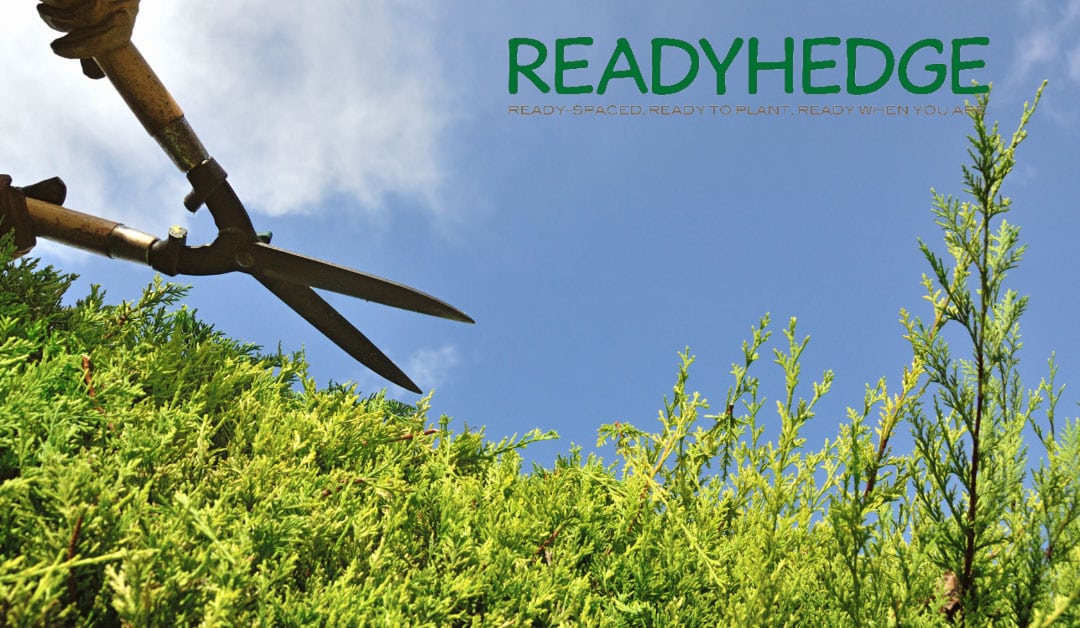As we head into spring and the weather warms, it’s the ideal time to get out into the garden and take a look at your hedging.
How is the condition?
Is it time to plant a new hedge?
Here’s our guide to maintaining hedges:
Taking Care of Existing Hedges
Filling the Gaps
Unless you have evergreen hedging, you’ll have to be patient and wait until the leaves and blossoms emerge, before you can look for gaps.
Should gaps appear you’ll need to determine the best hedging to fill these with.
Consider which hedges have thrived over the winter months, this will give you a good indication on which species to use.
Prepare the soil before planting. Start by clearing away any weeds or brambles.
If you’d like advice on filling the gaps of your existing hedges, contact our team.
Trimming and Pruning
Spring is the ideal time to trim hedges. For established hedges you will only need to do this once per year, unless you have a formal hedge which will require twice yearly trimming.
Take care when trimming for birds nesting. See the RHS Website for help and advice.
For smaller hedges you can opt for hand-held sheers, however, for large hedges we would recommend an electric hedge trimmer. Ensure your equipment is always sharp and well maintained with lubricant.
Caring for New Hedges
Lots of Water
After planting a hedge during the winter, it will require regular watering. We would suggest using an irrigation system. If this is not possible then soak the soil surrounding the hedge twice weekly.
If you can see the hedge is wilting, don’t wait until your ‘set day’, water it straight away.
However, be sure to avoid over watering. Do not water the hedges every day.
Keep the moisture in by adding mulch around the base of the hedge.
Protect from the Wind
Keep hedges protected from the wind by setting up a wind break. You can easily construct one from fine mesh held up with stakes.
This can help prevent larger hedge plants being blown over by the wind.
Trimming
For new hedges it’s best to wait until the winter for any trimming. For bareroot hedging, this should have been trimmed right after planting (in winter). Although this may not be necessary for evergreen hedging.
Time to Plant
March – April is the best time for planting most evergreen hedges.
Discover Gardeners world guide to planting bare root hedges here.
Ordering from Readyhedge?
All our hedges come with a handy guide for planting and trimming. Simply select your desired hedge, scroll down and click ‘Hedge Specifications’.
Here you’ll find all the information you need to know about the hedge.
If you’d like more support with choosing the right hedge for planting this month, contact us today

